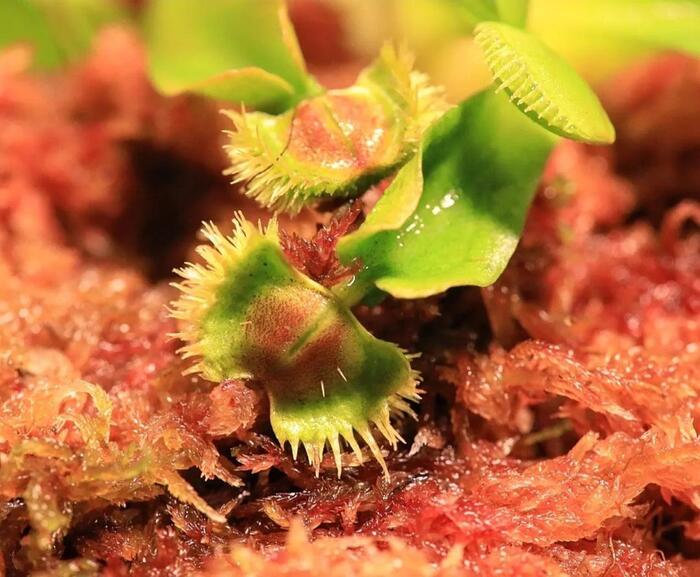We saw them on the big screen, with the insatiable appetite of the protagonist of the horror comedy The Little Shop of Horrors by Roger Corman (1960), and we find them in the film Jumanji (1995) in which, even, a plant is so big that it is capable of capturing an automobile by means of its large tentacles.
We have read about imaginary species of "killer plants" in many novels, including John Wyndham's "Day of the Triffids", and in various short stories, such as George Wells' "Bloom," which introduces the unusual vampire-plant theme.
But what are carnivorous plants actually?
The first to discover and study them was Charles Darwin, who wrote a real treatise on them describing their habits, characteristics, peculiarities.
These are plants which, adapting to the poverty of the land in which they have developed, feed on insects and other species from which they extract the nutrients necessary for their growth.
The species surveyed are about 600,
divided between 12 genera and 5 families.
In addition to these there are also about three hundred species of proto-carnivorous plants, divided into different genera, which possess some but not all the characteristics to be considered true carnivores.
Carnivores, a great trend, are among the protagonists with Japanese orchids and kokedama, cactaceae, succulent and aromatic plants from
Orticola di Roma
, the new event that unfolds with many appointments between via Condotti and Villa Borghese 6-7-8 May.
Not only horticulture and market exhibition but together with Fai, the Italian Forestry Fund Onlus, the Secret Garden Garden Tours and many others, cultural visits to museums, meetings, seminars and education for sustainable mobility.
And again: the indoor garden and seasonal varieties, from violets to lemons, tomatoes and chillies.
Carnivorous plants have developed
five different types of traps to capture the organisms they feed on
.
In some species the prey are trapped inside a jug-shaped leaf containing digestive enzymes, in others the capture takes place by "gluing" the prey thanks to a sticky mucilage secreted by the leaves, in still others we find a real trap to snap or trap, which immobilizes the prey with a rapid movement of the leaves.
Then there are the suction traps, in which the prey is sucked into a bladder-like structure and finally the species with the trap traps, which have hairs that forcibly direct the prey inside the digestive organ.
There are all types and for all tastes.
The smaller ones - which feed on insects such as midges -, the exotic ones - which fear the cold and must be kept indoors -, the outdoor ones - which "hibernate" in winter -, and the large ones capable of even eat small reptiles or rodents.
Little known and totally absent in homes and gardens until recently they are now in demand and appreciated, for their beauty and for the curiosity that their behavior arouses.
Just think
their price, in a few years, has increased tenfold
.
Their colors, their unusual shapes, their beauty and ornamental quality, in fact, meant that their knowledge and diffusion developed quickly, becoming a real trend of cultivation and decoration of interiors and exteriors.
And the trend is destined to amplify more and more, just think that the AIPC was born and works hard, an association that promotes, disseminates and disseminates the study, knowledge and cultivation techniques of carnivorous plants.

